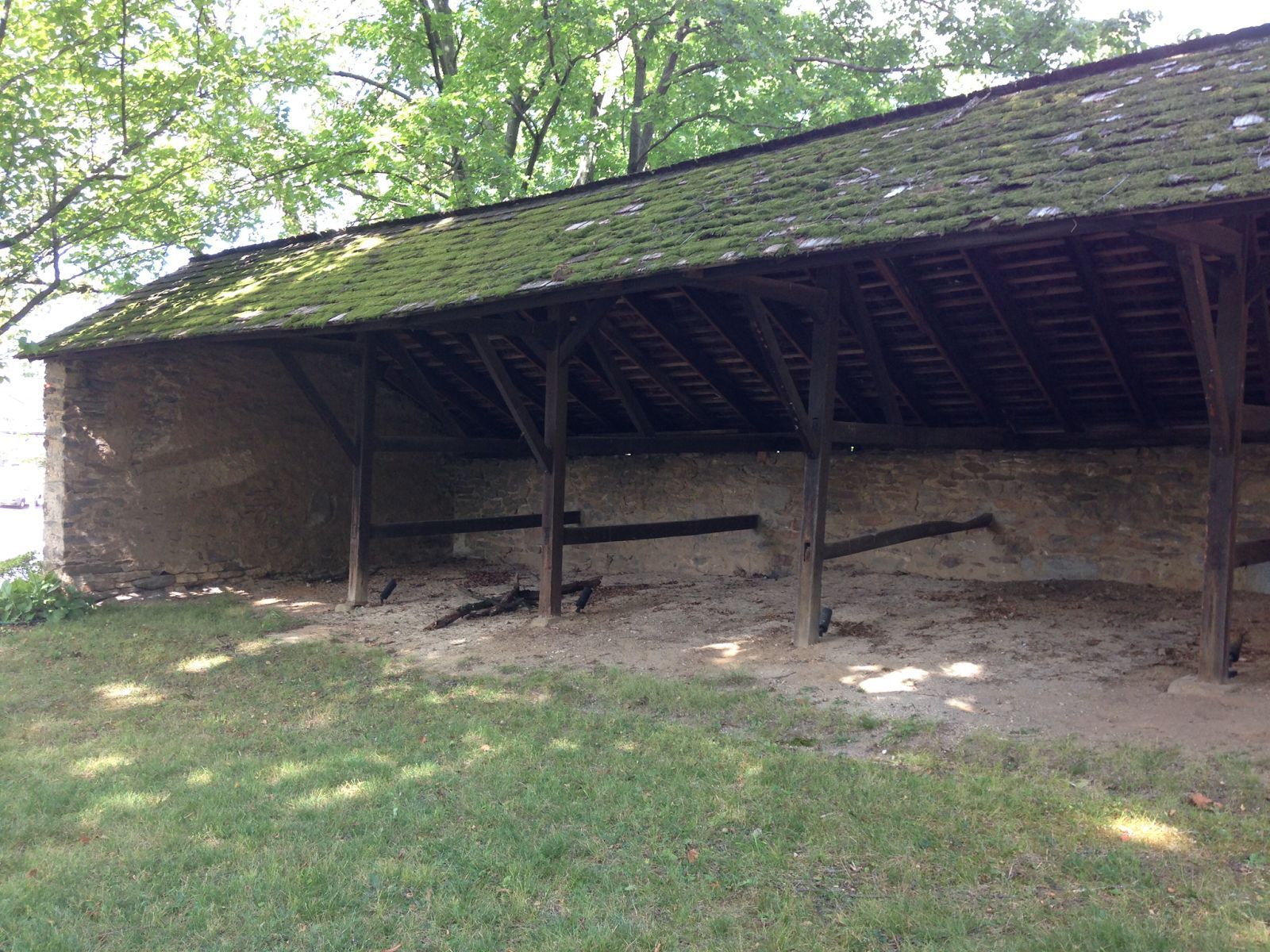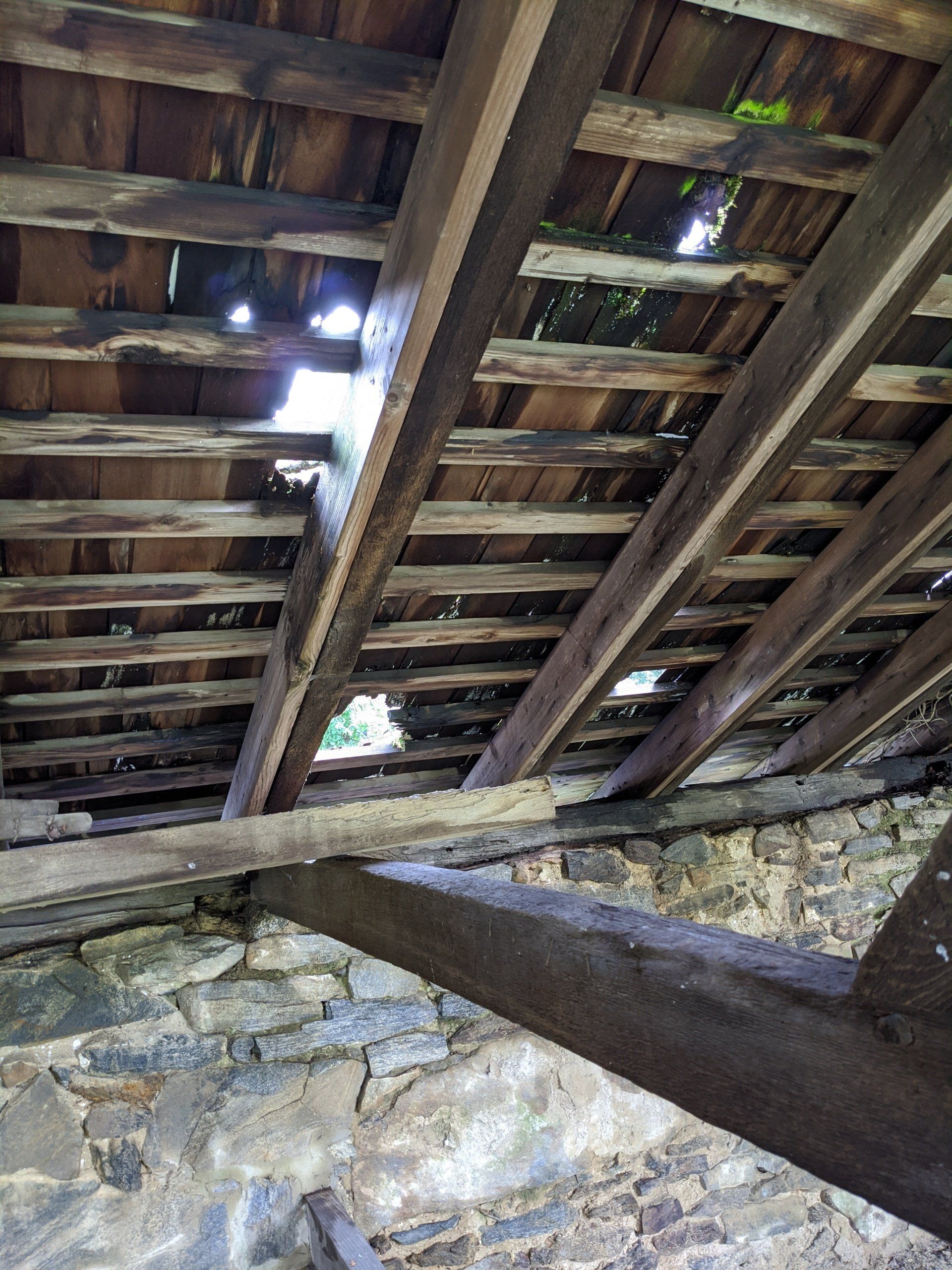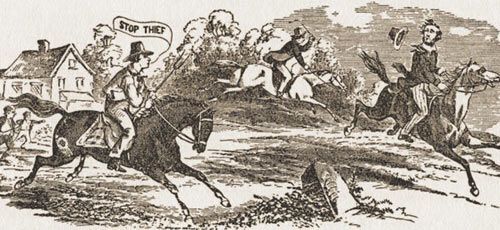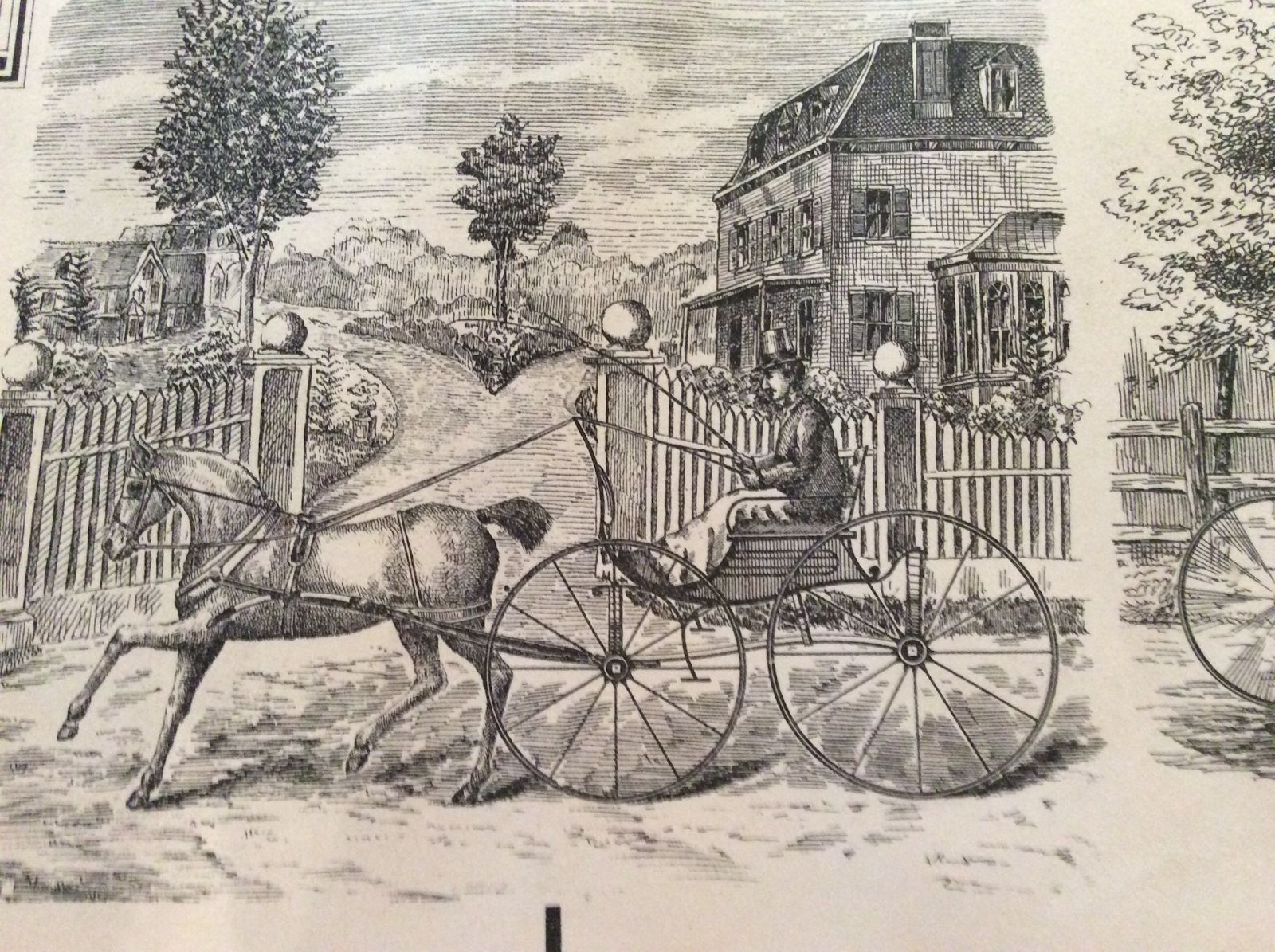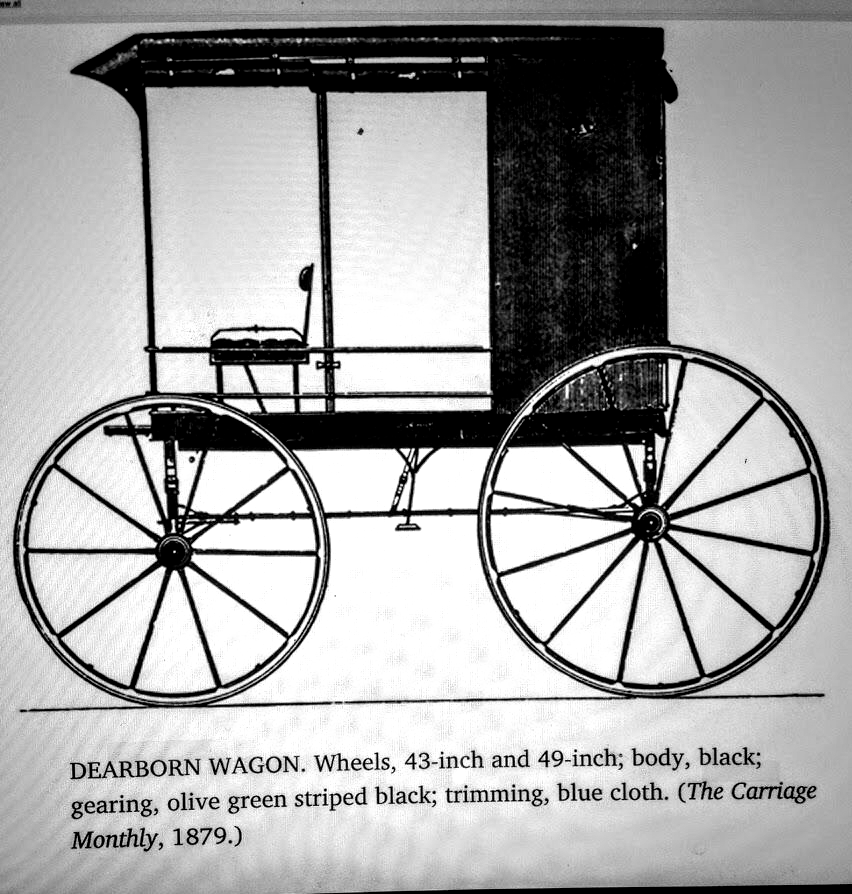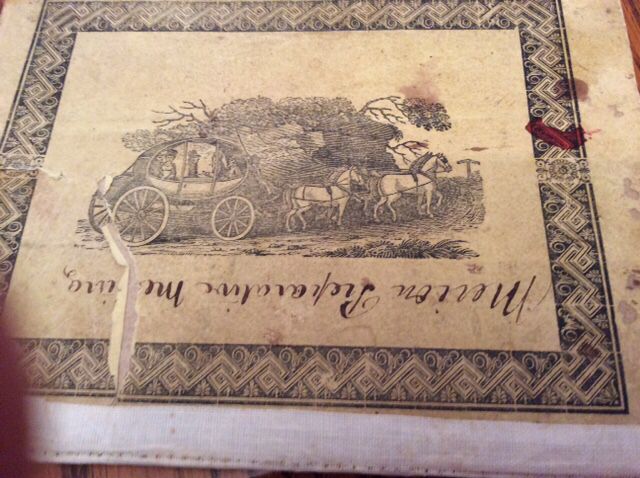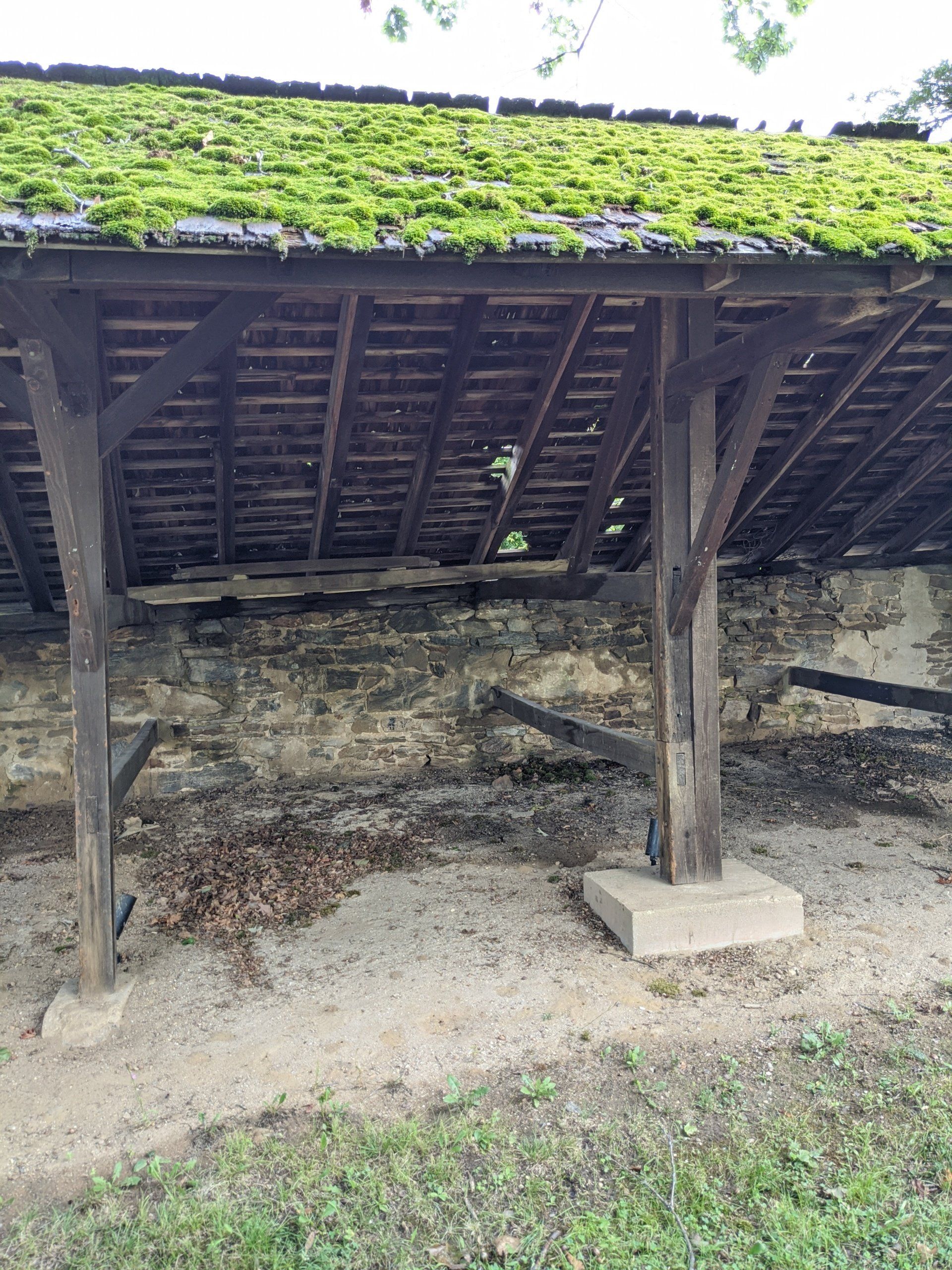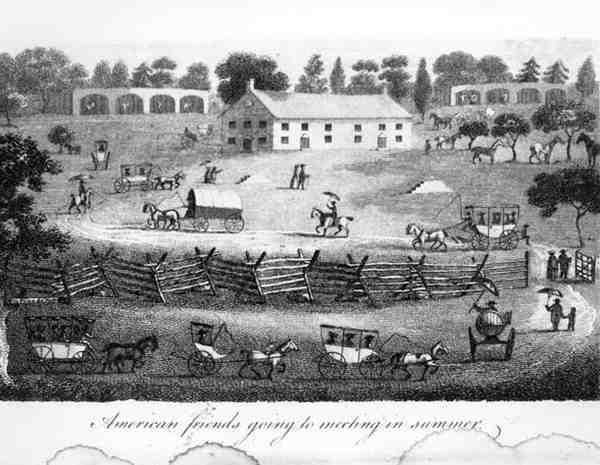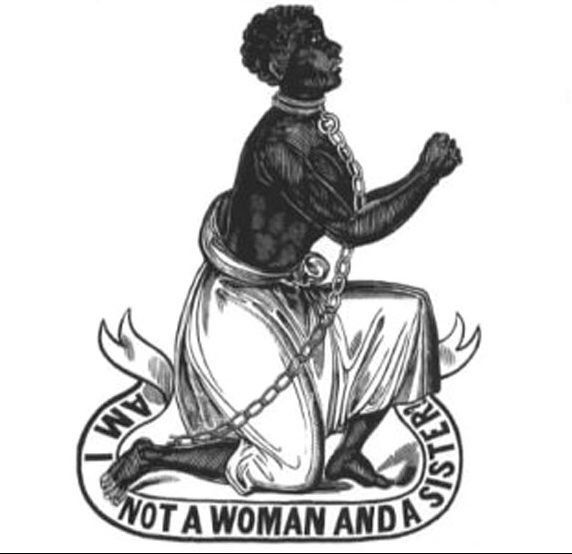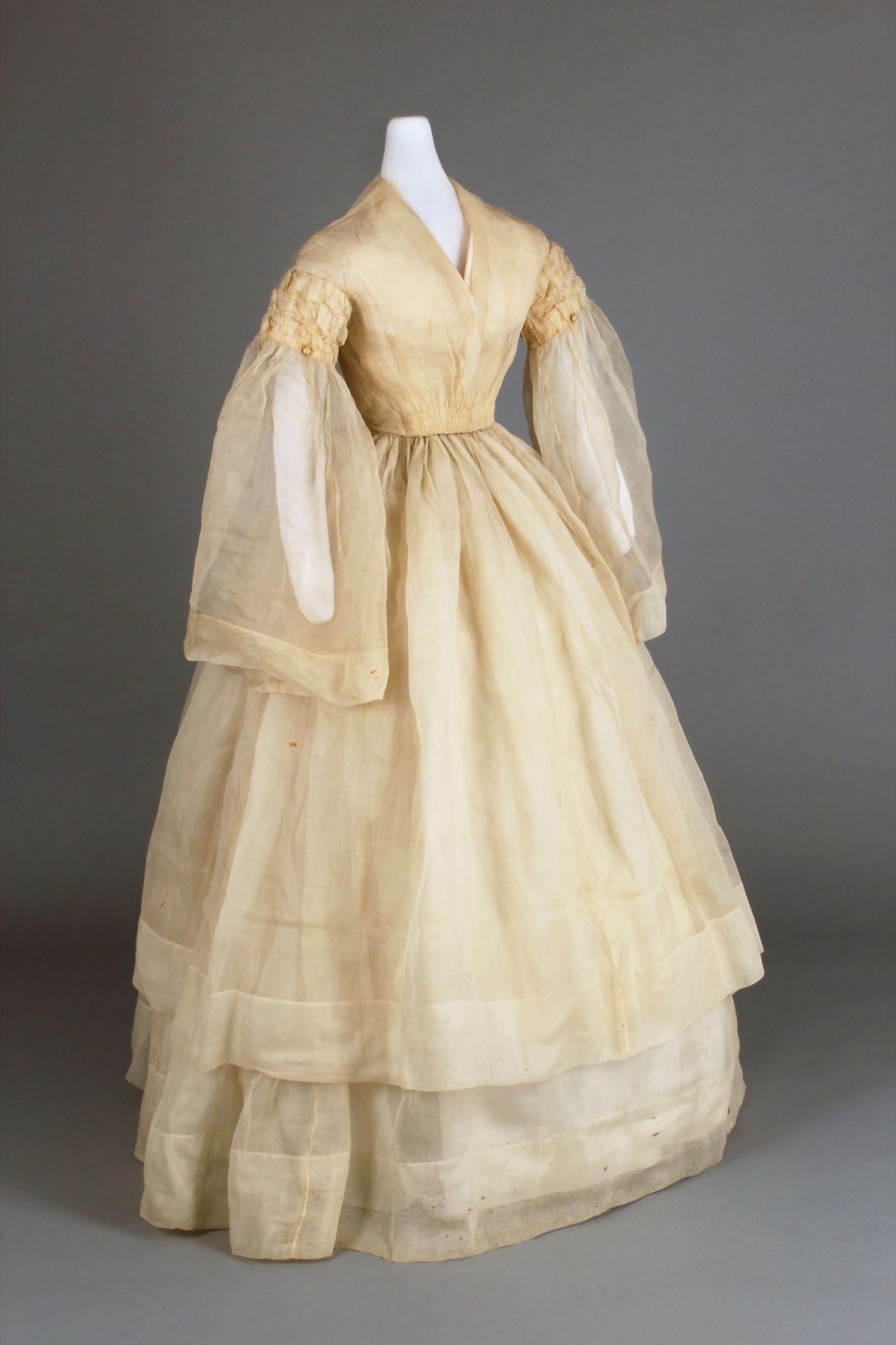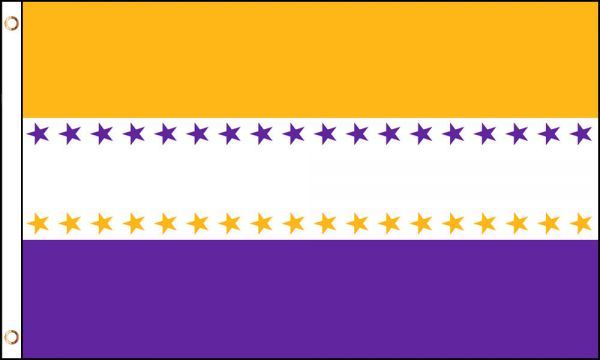Quakers, Horses, and Carriages
SUNDAY, DECEMBER 6, 2:00pm
Know Thy Neighbor
Merion Friends Meeting: A National Historic Landmark
Hidden in our Midst
REGISTER HERE to participate in this Zoom conversation
Though in remarkably good condition for their age, both horse sheds are in need of restoration. The shed on Meeting House Lane in particular has roof damage sustained from recent storms.
Please contribute to our Preservation Campaign!
The Society for the Detection and Prosecution of Horse Thieves and the Recovery of Stolen Horses

This page was written and researched by Janet Frazer, our archivist and historian. The sources she used are documented here.
Berkebile, Don. H. Carriage Terminology: An Historical Dictionary.
https://books.google.com/books
id=0a1qBgAAQBAJ&pg=PT171&lpg=PT171&dq=Dearborn+or+jersey+carriage&source=bl&ots=BZO9HUBeyt&sig=aHl6TqoqS04VQnDKi1CSp3cb7Ng&hl=en&sa=X&ved=0ahUKEwiw8Pe0ic
rRAhXk6oMKHeL4DeQQ6AEIRzAJ#v=onepage&q=Dearborn%20or%20jersey%20carriage&f=true (accessed Jan. 17 2017).
Boyd, James Penny. Triumphs and Wonders of the Nineteenth Century . NY: A.J. Holman andCo., 1899.
Browning, Charles H. Browning. Welsh Settlement of Pennsylvania, William J. Campbell,Philadelphia 1912.
“Pennsylvania Carriage and Wagon Manufacturers”. Carriage Museum ofAmerica.http://www.diigo.com/cached?url=http://carriagemuseumlibrary.orghome/library-archives/carriage-manufacturers/pennsylvania-carriage-and-wagon-manufacturers/(accessed 9 Sept.2016).
Develin, Dora Harvey. Historic Lower Merion and Blockley . Phil.: George H. Buchanan, 1927.
Fletcher, S.W. Pa. Agric.. And Country Life. Harrisburg: Penn. History. & Museum Comm.,1950-55. https://babel.hathitrust.org/cgi/pt?id=mdp.39015020104371;view=2up;seq=6;skin=mobile
Frederick, C.B., ed. Dear Hannah: A Collection of Letters Depicting Quaker Life in Rural
Philadelphia .Pennsylvania. Lulu.com, 2011.
Goodman, Virginia. Carriage Museum of America. "American Chariotee." Message to the author. 17 Jan. 2017. E-mail.
Goodman, Virginia. Carriage Museum of America. "Carriage at Merion." Message to the author. 3 Jan. 2017. E-mail.
Goodman, Virginia. Carriage Museum of America. "Clarification?" Message to the author. 10 Jan. 2017. E-mail.
Goodman, Virginia. Carriage Museum of America. "Clarification?" Message to the author. 5 Jan. 2017. E-mail.
Goodman, Virginia. Carriage Museum of America. "Runabout." Message to the author. 16 Sept. 2016. E-mail.
Goodman, Virginia. Carriage Museum of America. "Runabout." Message to the author. 20 Sept. 2016. E-mail.
Holder, Charles. The Quakers in Great Britain and America: the Religious and Political History of the Society of Friends from the Seventeenth to the the Twentieth Century. New York: the Neuner Company, 1913.
"The Carriage Museum." Long Island Museum of American Art, History and Carriages. http://longislandmuseum.org/exhibitions/the-carriage-museum/ (accessed Sept. 16, 2016
Oaks, Robert F. "Big Wheels in Philadelphia: DeSimitiere's List of Carriage Owners." Pennsylvania Magazine of History and Biography . Vol. 95, No. 3 (July 1971), pp. 351-362. http://www.jstor.org/stable/20090570 (accessed Aug. 6, 2016).
Olly, Jonathan. Long Island Museum of American Art, History and Carriages. "Quaker Carriages Early 19th Century”.. Message to Author. 16 Sept. 2016. E-mail.
Olly, Jonathan. Long Island Museum of American Art, History and Carriages. "Quaker Carriages Early 19th Century”. Message to Author. 28 Sept. 2016. E-mail.
Olly, Jonathan. Long Island Museum of American Art, History and Carriages. "Quaker Carriages Early 19th Century”. Message to Author. 10 Jan. 2017. E-mail.
Pirro, J.F. "Vigilante Lore." Main Line News. http://www.mainlinetoday.com/core/pagetools.php?url=%2FMain-Line-today%2FNovember-2007%2FVigilante-Lore%2F&mode=print.
Stratton, Ezra M. World on Wheels or Carriages with their Historical Associations from the Earliest to the Latest Times . New York: Ezra Stratton, 1878. https://archive.org/stream/cu31924003597071#page/n11/mode/2up.
Taxables for Lower Merion 1828-1860. Montgomery County Historical Society. Norristown, PA.

Will of Henry Bowman, 1832. Montgomery County Archives. Norristown, PA.
Will of Roger Bowman, 1821. Montgomery County Archives. Norristown, PA.
Will of Enoch Jones, 1829. Montgomery County Archives. Norristown, PA.
Will of Anthony Levering, 1826. Montgomery County Archives. Norristown, PA.
Will of David Roberts, 1841. Montgomery County Archives. Norristown, PA.
Will of Isaac W. Roberts, 1860. Montgomery County Archives. Norristown, PA.
Will of John Young, 1856. Montgomery County Archives. Norristown, PA.
Related History Pages
Philadelphia-Columbia Railroad
Title or short description
Burying Ground
Title or short description
Underground Railroad
Anti-Slavery / Abolition
Anti-Slavery/ Abolition615 Montgomery Avenue (Activities Building)
653 Montgomery Avenue (Meeting House)
Merion Station, PA 19066

